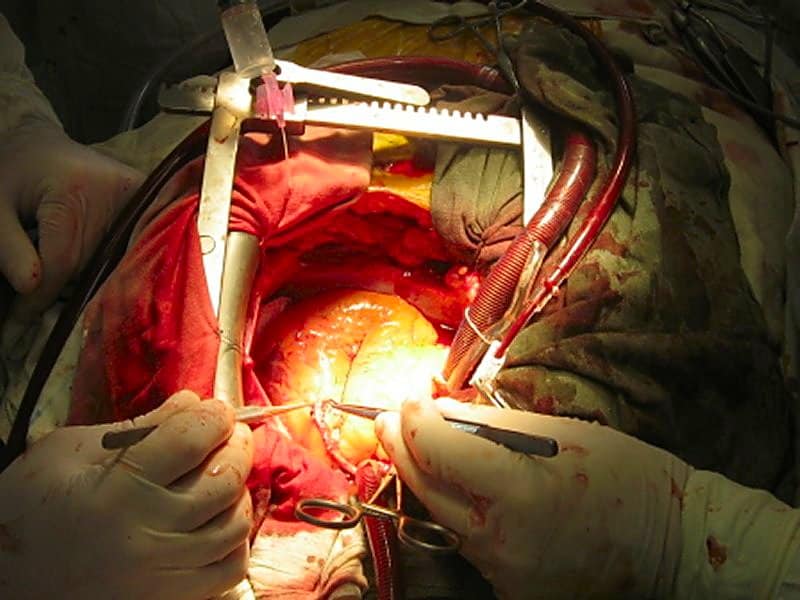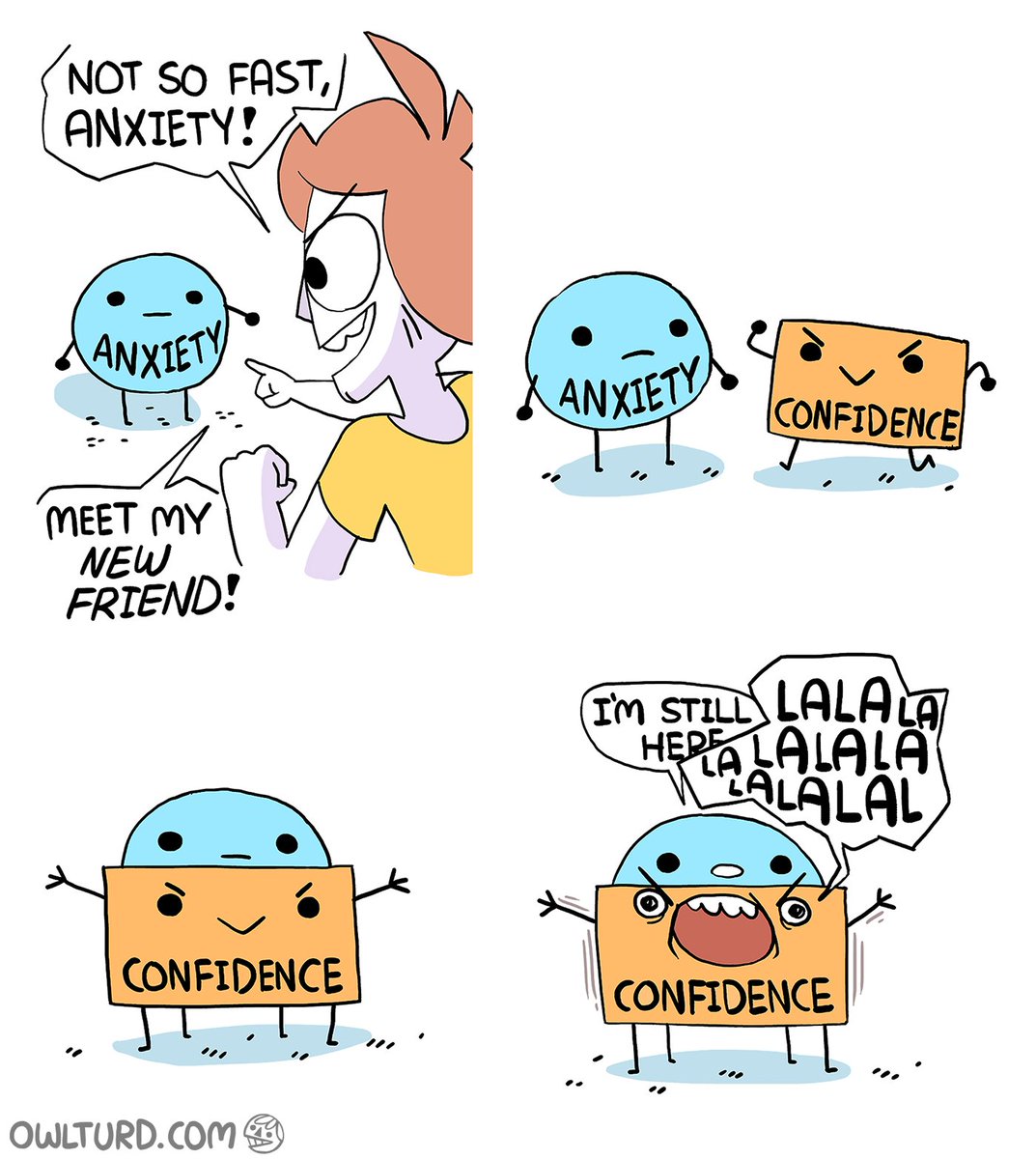 Unknown
at
Sunday, August 21, 2016
Unknown
at
Sunday, August 21, 2016
After my first rotation in Health Systems, I thought I was ready for a challenge. This challenge would come in the form of an Inpatient rotation. This particular one was spiced in the manner of Oncology. I knew this was going to be a difficult one. Oncology was one of the harder subjects in both medicinal chemistry and therapeutics. I ranked this one as one of my top choices in part because of that fact. I thought it would help me build a strong Oncology background, at least enough to make me feel confident before I took the NAPLEX.
Weeks One - Three
This week was more of an introduction to the rotation than anything else. I wasn’t able to start truly working with patients and beginning my experience until I finished my site’s orientation. During this limbo time, I was given a tour of the hospital, met with preceptor and discussed what we/I would like to accomplish during this rotation, met a few other pharmacists and residents that I would be working alongside, and other little activities. Once I was able to start working in patient charts, things picked up in an expedited fashion. Most of my days began at 8am (otherwise it was earlier) and ended around 4:30 (often later).
Generally speaking, when I arrived, I would take a gander at what patients were coming in the next day and needed to be worked up. I would go through their past medical histories, current medications, and review their chemotherapy regimens. On the next day, I would meet with the patient and go through their medication list, ensuring it was the same as what we had on our medical records. More often than not, there were numerous discrepancies. After figuring out exactly what they were taking, I would go online and look into medications/herbals/OTCS/supplements that I did not know much about. This practice led me to question why patients were on a myriad of herbals and supplements. Many times we would have a conversation about why they were taking what they were taking and it occasionally would end with ‘You know…I am really not sure why I am taking that herb!’ This was extremely frustrating, as looking at the evidence (or lack there of), it made no sense why they were on them. Other times, I would ask and the patient would respond simply with ‘It is for my cancer.’ These responses were always landed me in the doldrums. They typically came from patients that had a Stage IV cancer diagnosis and things were not looking good. Looking into their eyes after asking these questions seemed to last an eternity. A lugrubious feeling often ensued for the remainder of the session.
In between working up patients and speaking with them, various other activities would take place. I had to present my patients, weekly topic discussions, journal club presentations, drug information questions, chemotherapy teaching, attending tumor boards, pediatric rounding, and numerous other things. I will expound on a few of these topics here.
Weekly Topic Discussions – I was required to work on topics that pertain to Oncology patients and present them to either my preceptor or a pharmacist that was free (typically with the PGY-2 resident). Basically, it is a quick and dirty of a specific topic, what it is, how common it is, who is likely to have it, why we care about it, how to treat it, etc. My topics were febrile neutropenia, malignant pleural effusions, spinal cord compression, superior vena cava syndrome, nausea and vomiting, tumor lysis syndrome, extravasation, and hypercalcemia of malignancy. A few of these topics we covered in our therapeutics course. This was a nice refresher but my resident knew how to make them challenging. He typically would have multiple questions along the way (some way off topic) and a challenging one or two at the end that he did not expect me to know. This was generally meant for me to look up and report to him during our next topic discussion or patient work up session.
Tumor Boards – This is where specialists from around the hospital came to discuss tough patient cases (both adult and pediatric). Brain surgeons, pathologists, oncologists, pharmacists, radiation oncologists, general surgeons, etc. would all attend. They would present their particular patients and receive recommendations from the various colleagues who attended. It was always fascinating to watch these because every aspect of their future treatment is considered from a myriad of angles.
Chemotherapy teaching – For patients that were receiving new chemotherapy regimens (that they had never had before), we would go out and teach them about what to expect with their new regimens. We would go over the main toxicities, how to manage them, when to call for help, and field any questions/concerns that they might have had. At first, I just watched them but by the fourth and fifth week, I was going out and leading them.
Weeks 4 and 5
The last two weeks were pretty gut wrenching. Sometime between weeks 3 and 4, we will have our midpoint evaluation. Both my preceptor and I fill out a form we later on discuss in person. This is a time for the preceptor to meet with the student and go over what has been going well, not so well, and everything in between. For my first inpatient experience, I thought I was doing alright and progressing well. Apparently, my primary preceptor did not feel the same way. Upon discussing it, they thought I should be progressing on my work at a much faster pace. This was quite disheartening. However, I did discover that they usually do not take students on until they have had at least one inpatient rotation before (or until around rotation 5 and beyond). For my second rotation, that made me feel a little better. It was also nice to know that they were receptive to the fact that the four pharmacists I was working alongside all had different expectations for presenting patients, topic discussions, chemotherapy teaching etc. Later on, this helped me understand exactly what each preceptor wanted and would ‘grade’ me on.
Honest pearl of wisdom – Think hard on the criticism that you receive. If it is meant to be constructive, you should certainly consider making the appropriate changes.
After my midpoint evaluation, I felt I needed to alter how things were going and I took their criticism to heart. At this point, I knew it would be an uphill battle to finish strong through the remaining weeks. I worked hard on my understanding and presentation of patients. The workload only increased but eventually I was able to catch on and it all just sort’ve clicked. By the last week, I had patients worked up two days in advance, presented multiple topic discussions on the same day, multiple meetings with patients (chemotherapy teachings, medication history), and still was present during rounding and tumor boards. It was a rather dramatic change. I credit this a lot to how my midpoint evaluation went and how I responded to it.
In the end, I ended up being able to hit on all the things that my preceptor wanted me to be able to on a regular basis. This helped alleviate my fears of being absolutely destroyed on my final evaluation. Repeating a rotation is not anything that I am interested in doing moving forward. As it turns out, I ended up doing quite well!
Here are some pictures of my trip…please feel free to ask me anything about them!
Hiking up Flattop Mountain - the weather changed dramatically towards the top
Gold panning on Crow Creek - I won't be quitting my future job as a pharmacist anytime soon.
Exit Glacier climbing - Easily one of the highlights of the trip! Hiking up a mountain for about an hour, cutting across onto a glacier and then spending time climbing into moulins. Absolutely incredible!
PS - If you want to see more pictures or hear more about what I did outside of this rotation, please just send me a message. I wanted to keep this as much about the rotation aspect as possible BUT being in Alaska for my weekends was part of the rotation too!









 James Shen
at
James Shen
at
 Jared
at
Jared
at
